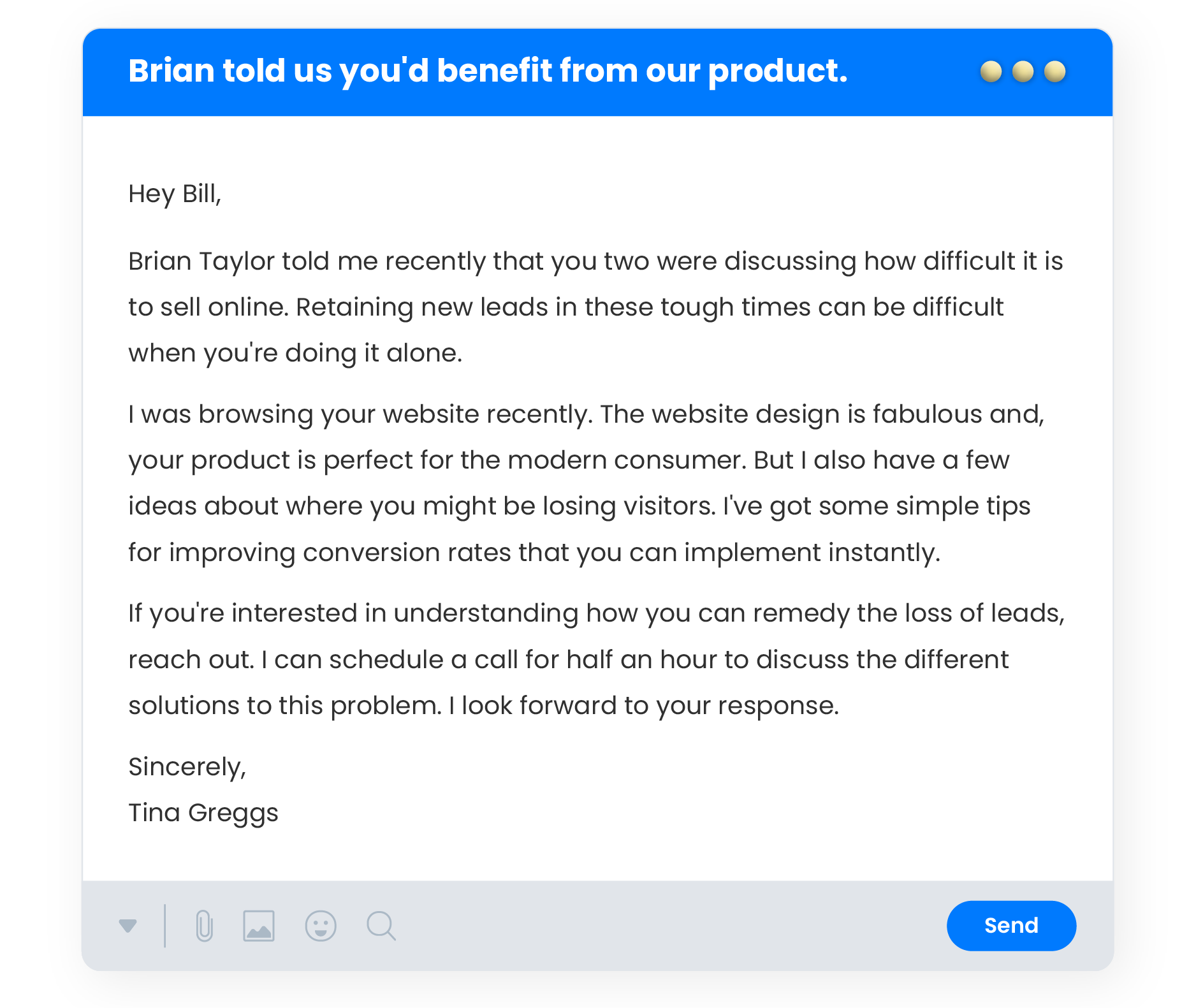
Persuasive emails for sales and marketing
Creating persuasive emails for sales and marketing is an art that combines the right messaging with an understanding of your audience’s needs and preferences. The goal is to encourage the recipient to take a specific action, whether it’s making a purchase, signing up for a service, or engaging with your brand in some way. Here’s how to craft effective persuasive emails for sales and marketing:
1. Compelling Subject Line
- The subject line should grab attention and encourage the recipient to open the email. Use action words, curiosity, or personalization to make it stand out.
- Example: “Unlock Exclusive Savings Just for You!” or “Discover the Secret to Effortless Productivity.”
2. Personalization
- Personalize the email to make the recipient feel valued and recognized. Use their name, and if possible, tailor the content based on their interests or previous interactions with your brand.
- Example: “John, we thought you might like our new range of eco-friendly products.”
3. Clear and Engaging Opening
- Start with an opening line that hooks the reader. This could be a question, a surprising fact, or a statement that addresses a common problem or need.
- Example: “Do you want to reduce your home energy costs by up to 30%?”
4. Highlight Benefits, Not Just Features
- Focus on how your product or service can solve a problem or improve the recipient’s life. People are more interested in benefits than the technical details.
- Example: “Our advanced skincare formula helps you achieve a radiant complexion without hours of effort.”
5. Use Persuasive Language
- Use persuasive and emotive language to connect with the reader and encourage them to take action.
- Example: “Transform your evenings with our luxurious, comfort-enhancing mattresses.”
6. Include Social Proof or Testimonials
- Adding quotes or testimonials from satisfied customers can build trust and credibility.
- Example: “Join thousands of happy customers who have revolutionized their workflow with our app.”
7. Strong Call-to-Action (CTA)
- Your CTA should be clear, compelling, and easy to find. Tell the reader exactly what you want them to do next.
- Example: “Shop now to take advantage of our limited-time offer” or “Sign up today and start your journey to a healthier lifestyle.”
8. Make it Easy to Act
- Include links or buttons that take the recipient directly to the page where they can take the desired action.
- Example: [Shop Now] or [Subscribe Here]
9. Create a Sense of Urgency
- Use time-sensitive language to encourage immediate action.
- Example: “Hurry, offer ends in 48 hours!”
10. Professional Formatting and Design
- The email should look professional and be easy to read. Use short paragraphs, bullet points, and images if relevant.
11. Mobile-Friendly
- Ensure your email is optimized for mobile devices, as many people check their emails on their phones.
12. Follow-Up
- Consider sending a follow-up email if there is no response. A gentle reminder can sometimes prompt action.
By incorporating these elements into your sales and marketing emails, you can create persuasive messages that resonate with your audience and drive conversions. Remember to always keep the focus on the recipient and how your offering can add value to their life or solve their problems.